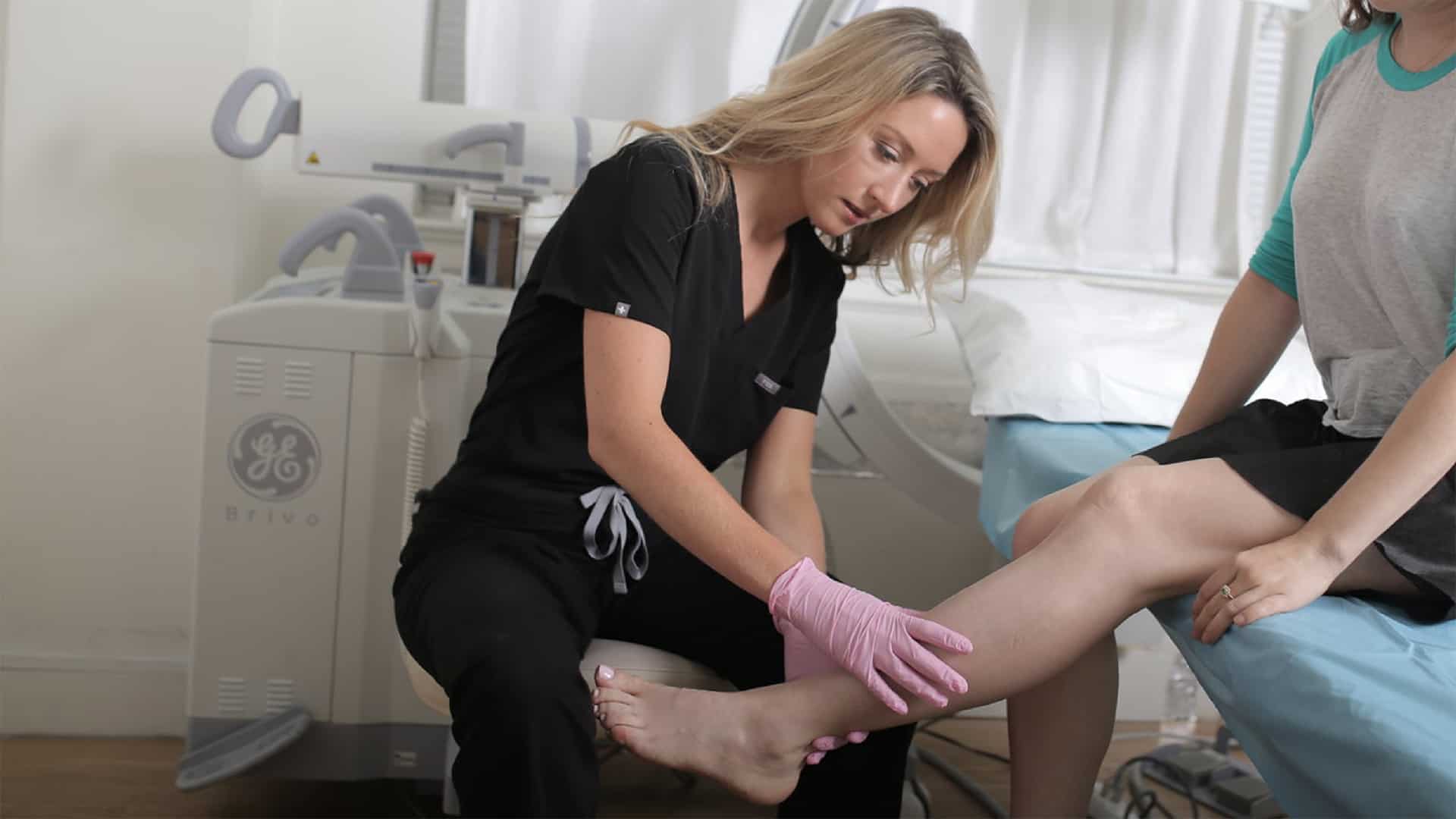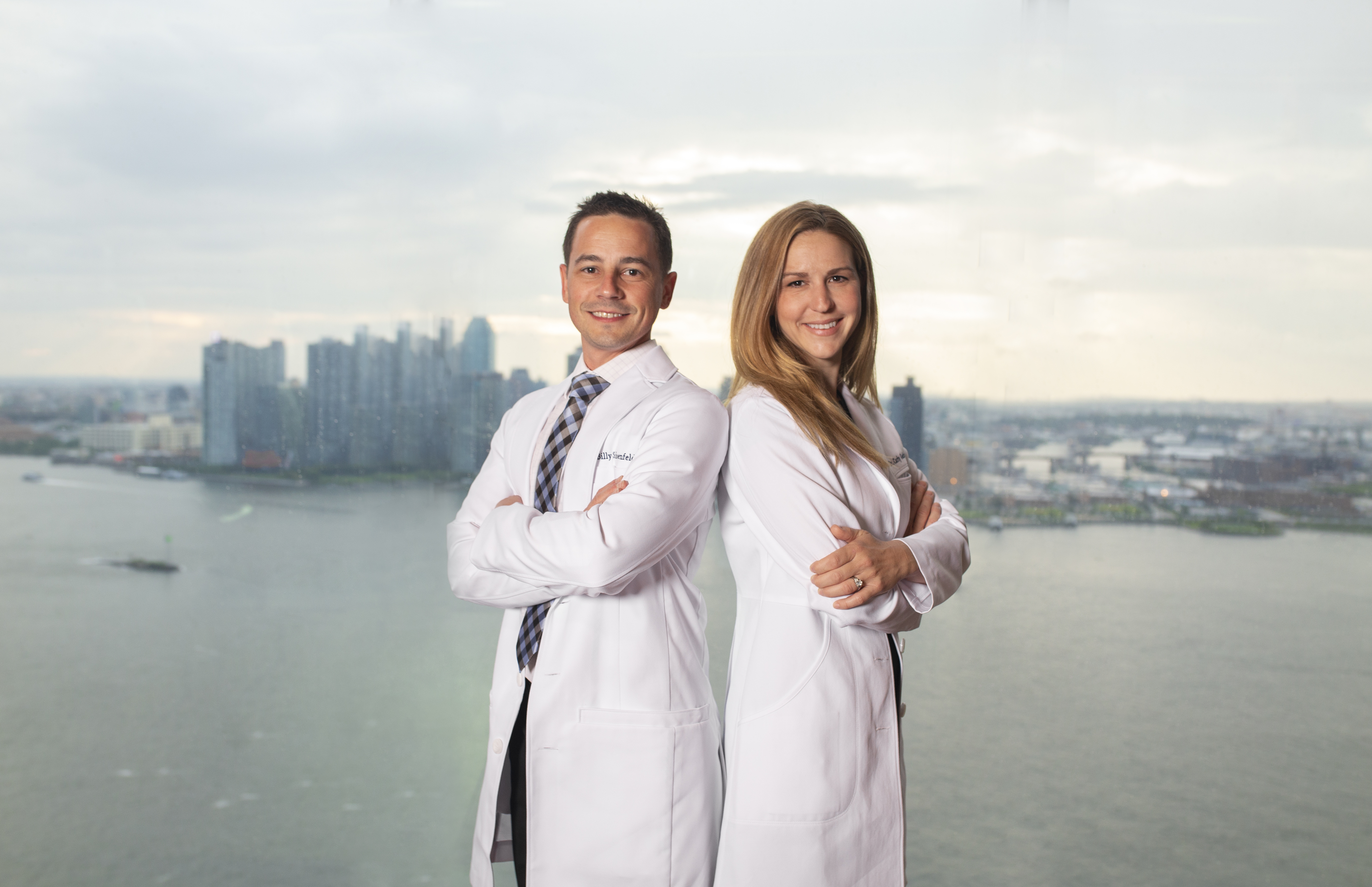What are the Most Effective Treatments for Varicose Veins?
Varicose veins are large swollen veins that protrude out of the surface of the skin and follow a twisted and knotted pattern. They occur when your veins dilate due to the accumulation of blood caused as a result of a chronic condition known as venous insufficiency. Varicose veins also cause pain and discomfort and may be accompanied by leg heaviness, frequent cramps, muscle pains, throbbing veins, and restless legs.
However, there’s nothing to panic about. Venous insufficiency affects approximately 30% of all adults in various forms and around 50% of all women. Furthermore, varicose veins affects at least 20% of all people at some point in their lives. It can be easily treated with a number of minimally invasive and non-surgical vein treatment procedures.

But just because varicose veins can be easily treated, doesn’t mean you can delay treatment. Venous insufficiency is a chronic condition, which means that it gets progressively worse. If you leave it untreated, varicose veins will soon dilate so much that the smallest of scratches or bumps will lead to severe and unstoppable bleeding for which you’ll be hospitalized. Furthermore, untreated venous insufficiency can also lead to skin diseases, discoloration of the skin, leg ulcers, and deep vein thrombosis.
That’s why you should seek treatment from a reputable spider vein and varicose vein treatment center near your location as fast as possible. In this article, we’ll discuss some of the most effective treatments for varicose veins.
Radiofrequency Ablation
Radiofrequency Ablation is minimally invasive and non-surgical procedure that uses heat or thermal energy to treat vein disease. During the procedure, the vein doctor first creates an incision on the thighs and inserts a thin catheter under ultrasound guidance. Once the catheter is lodged into the diseased vein, the doctor activates it to heat the vein walls and eventually collapse the diseased vein, which hardens into scar tissue and gradually disappears. The accumulated blood reroutes to healthier veins so it can start circulating again.

Endovenous Laser Ablation
Endovenous Laser Ablation is a minimally invasive and non-surgical procedure that uses laser energy to treat vein disease. During the procedure, the vein doctor guides a catheter and a laser fiber into the diseased vein under ultrasound guidance. Once it’s in place, the doctor injects an anesthetic fluid along the lengths of the diseased vein in order to protect the surrounding tissues. Following that, the laser fiber is activated to generate an inflammatory reaction that destroys the diseased vein and restores blood circulation to the heart. This procedure, however, may cause soreness after the treatment because of the several anesthetic injections.
VenaSeal
VenaSeal is a new advanced varicose vein treatment that is non-surgical, non-invasive, non-anesthetic, and non-thermal. The procedure is simple — the vein doctor injects a medical adhesive into the diseased vein in order to fuse the vein walls together and restore blood circulation to the heart. This is the most minimally invasive treatment available and it has an incredibly high 99% success rate. The only drawback with this vein treatment procedure is that it’s not yet covered by insurance providers so you’ll have to pay for it out of pocket.
Sclerotherapy
Sclerotherapy is a minimally invasive and non-surgical procedure for spider veins and superficial varicose veins. During this procedure, the vein doctor injects a sclerosant solution into the blood vessels to irritate the vein walls and make them stick to each other. The veins close down and turn to scar tissues, eventually getting absorbed by the body. This procedure only treats the surface spider veins or superficial varicose and not the underlying venous insufficiency. As such, it’s either used after the primary varicose vein treatment or if you only have superficial varicose veins without underlying venous insufficiency.
Home Treatment for Varicose Veins
The only way to permanently treat varicose veins is through effective medical treatments that destroy or collapse the underlying diseased saphenous vein. However, there are a number of home treatment for varicose veins that can minimize some of the worst symptoms of varicose veins and help ease the discomfort.
Compression Stockings
Compression stockings are tight stockings that apply pressure on your blood vessels in order to push the accumulated blood towards the heart. This helps temporarily reduce the volume of accumulated blood in your legs, which makes you feel lighter and better.
Exercise
Activities that engage your calf muscles — running, yoga, swimming, cycling — encourage blood circulation to the heart because the calf muscles push the accumulated blood along. This also relieves some of the pressure and you feel more comfortable.
Elevate your Legs
When you’re sitting down for long stretches of time, you should elevate your legs over the position of your heart. Vein disease and varicose veins happen because gravity pushes your blood down to collect in your leg veins. As such, you can elevate your legs to help facilitate blood circulation back to your heart.
Seek Medical Advice Now
Vein Treatment Clinic is the best spider veins and varicose veins treatment center available. We have some of the world’s best varicose vein specialists and we also give you access to the best and most effective treatments for varicose veins such as radiofrequency ablation, laser ablation, venaseal, and sclerotherapy. Vein disease advances at a rapid pace so you should hurry up and seek medical advice now.









